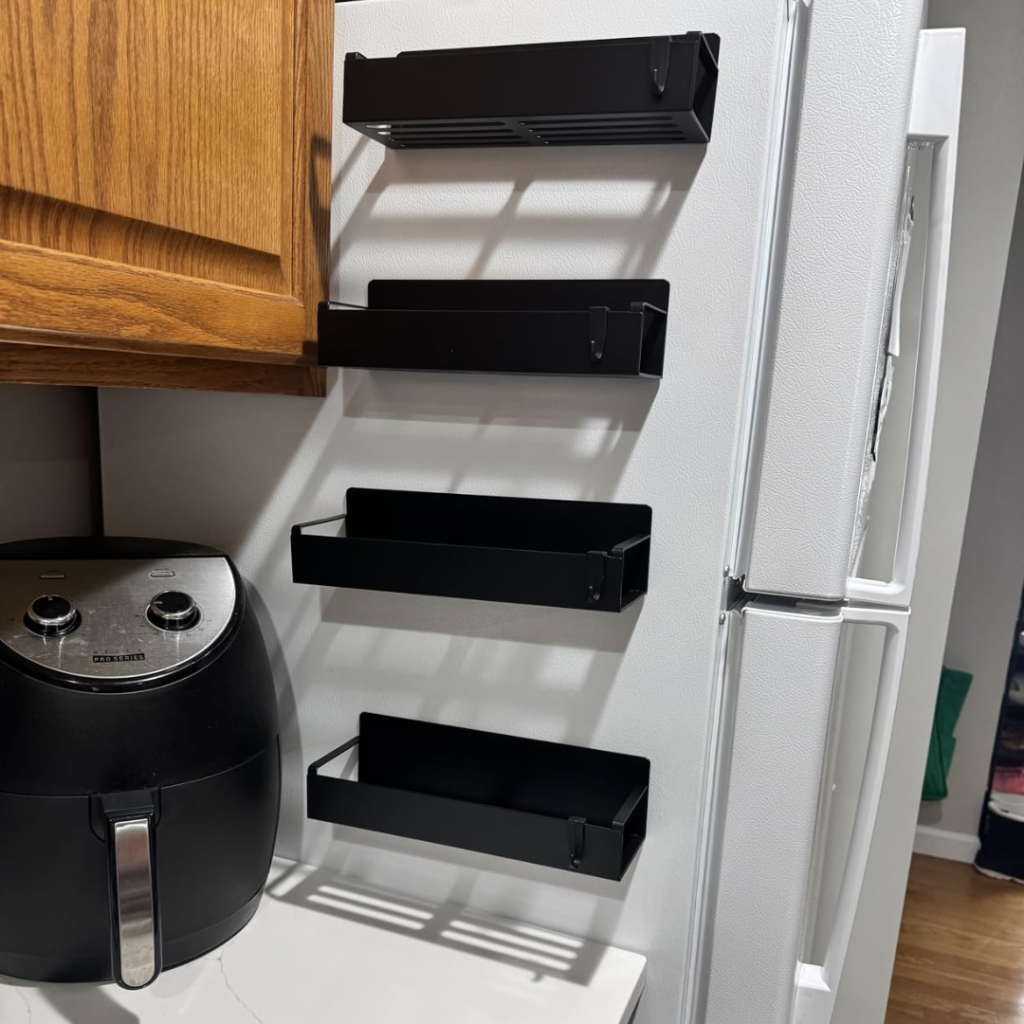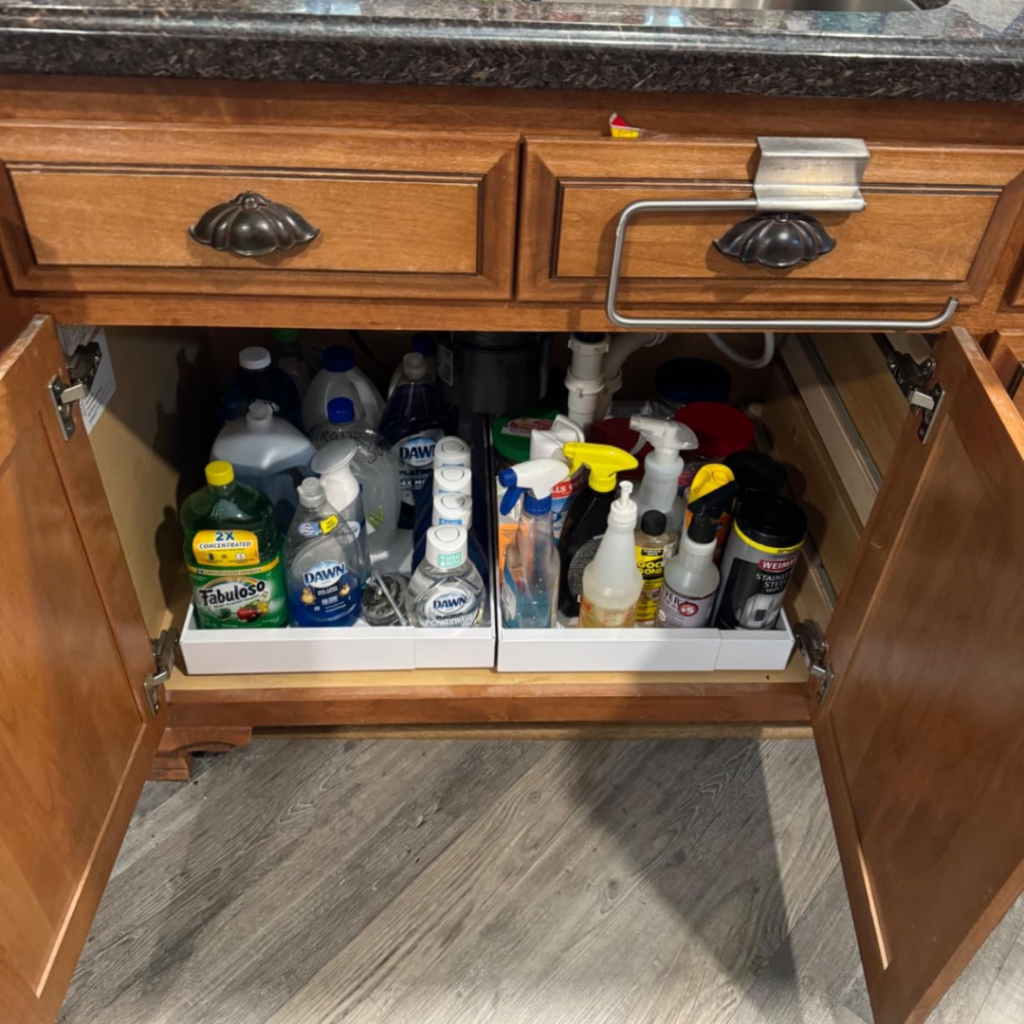Ever wondered what is the most expensive part of a kitchen remodel? If you’re planning a kitchen upgrade, you’ve probably heard horror stories of budgets spiraling out of control. Trust me—I’ve been there. Kitchen remodeling costs can add up fast, and knowing where your money is going helps you make smarter choices. In this article, I’ll break down the priciest part of a remodel, share my own experience, and give you budgeting tips wisely. Let’s dive in!
Understanding Kitchen Remodeling Costs
So, how much does a kitchen remodel cost? Well, it depends. There’s no one-size-fits-all answer because every kitchen is different. Your budget will be shaped by the size of your space, the materials you choose, labor costs, and even where you live. But one thing is for sure—kitchen remodels aren’t cheap.
Typical Kitchen Remodeling Expenses
A kitchen remodel can range anywhere from a few thousand dollars to well over six figures. Here’s a rough breakdown:
- Minor remodel (cosmetic updates like painting cabinets, replacing hardware, or upgrading appliances): $10,000–$25,000
- Mid-range remodel (new cabinets, countertops, flooring, and standard appliances): $25,000–$50,000
- High-end remodel (custom cabinets, luxury countertops, high-tech appliances, and structural changes): $50,000–$150,000+
Your costs will depend on your choices, but one thing’s for sure—you need a solid plan to avoid blowing your budget.

The Most Expensive Part of a Kitchen Remodel
A. Cabinetry & Custom Storage (The Budget Buster)
If you’re wondering where most of your money will go, here’s your answer: cabinets. They usually eat up 25-40% of the total budget. Why? Because they define the entire look and functionality of your kitchen.
Custom vs. Stock Cabinets – What’s the Difference?
- Stock cabinets: Pre-made, budget-friendly, and available at big-box stores. Cost: $3,000–$10,000.
- Semi-custom cabinets: Some flexibility in size, style, and materials. Cost: $10,000–$25,000.
- Custom cabinets: Made to order, fully personalized, and often handcrafted. Cost: $25,000–$50,000+.
Personal Experience: When I remodeled my kitchen, I debated between semi-custom and full-custom. I loved the idea of perfectly tailored cabinets, but my budget had other plans. I compromised by choosing semi-custom cabinets and splurging on high-quality finishes. It was the best decision—I got the look I wanted without breaking the bank.
B. Countertops & High-End Materials
After cabinets, and countertops are the next major expense. The material you choose makes a huge difference in price and longevity.
Popular Countertop Materials & Costs
- Laminate: Affordable but less durable ($30–$60 per sq. ft.)
- Butcher Block: Warm and natural but requires maintenance ($50–$100 per sq. ft.)
- Granite: Classic, durable, and varied in price ($50–$200 per sq. ft.)
- Quartz: Engineered for durability and style ($70–$150 per sq. ft.)
- Marble: Luxurious but high-maintenance ($100–$250 per sq. ft.)
Personal Experience: I originally wanted marble, but after hearing horror stories about stains and etching, I went with quartz. It was pricier than laminate, but I knew I’d save money on maintenance in the long run.
C. Appliances & Smart Technology
If you love high-end appliances, be prepared to spend big. A single luxury refrigerator can cost over $10,000.
High-End vs. Budget-Friendly Appliances
- Standard appliances: Functional but basic ($3,000–$7,000 for a full set)
- Mid-range appliances: Better features and aesthetics ($7,000–$15,000)
- High-end appliances: Top brands like Sub-Zero, Wolf, and Miele ($15,000–$40,000)
Smart technology is another growing expense. Touchscreen refrigerators, voice-controlled ovens, and Wi-Fi-enabled dishwashers are tempting—but do you really need them?
Personal Experience: I skipped the smart fridge but splurged on a professional-grade gas stove. Cooking is my passion, so it felt like a worthy investment. If you’re on a budget, prioritize appliances that matter most to your lifestyle.
D. Labor & Professional Installation
Even if you pick budget-friendly materials, labor costs can still drive up your expenses. On average, labor accounts for 20-35% of a kitchen remodel’s total cost.
DIY vs. Hiring Professionals
- DIY: Saves money but requires skill and time.
- Hiring contractors: Faster and professional but pricey.
Typical labor costs:
- Cabinet installation: $3,000–$10,000
- Countertop installation: $2,000–$5,000
- Flooring installation: $1,500–$4,500
- Electrical & plumbing: $5,000–$15,000
Personal Experience: I saved money by handling some of the demolition myself and painting the walls. But when it came to plumbing and electrical work, I hired pros. Trust me—bad wiring isn’t worth the risk.
Hidden Costs to Consider
Beyond the big-ticket items, unexpected expenses can sneak up on you.
1. Plumbing & Electrical Work
- If you’re moving sinks or adding outlets, expect extra costs. Rewiring alone can add $3,000–$8,000.
2. Permits & Inspections
- You might need permits for electrical, plumbing, or structural work. Fees vary by location but typically range from $500–$2,000.
3. Structural Changes
- Knocking down walls or changing layouts means more work—and more money. Moving walls can cost $5,000–$20,000 depending on complexity.

How to Reduce Kitchen Remodeling Costs Without Compromising Quality
A kitchen remodel doesn’t have to drain your bank account. With smart choices and a little creativity, you can get a stylish and functional kitchen without overspending. Here’s how I kept my remodel within budget without sacrificing quality.
1. Choose Budget-Friendly Alternatives
Luxury materials look amazing, but they’re not always necessary. There are plenty of high-quality, affordable options that give you the same aesthetic without the hefty price tag.
- Cabinets: Instead of full custom cabinets, opt for semi-custom or stock cabinets. You can still achieve a high-end look by choosing premium finishes and hardware.
- Countertops: Quartz and butcher block offer beauty and durability at a lower cost than marble or granite.
- Appliances: Do you need top-of-the-line brands? Mid-range appliances often perform just as well for a fraction of the price.
Personal Experience: I originally wanted solid wood custom cabinets but quickly realized they’d blow my budget. Instead, I went for high-quality semi-custom cabinets and upgraded the handles and hinges. The result? A custom look at a fraction of the price.
2. Prioritize Essential Upgrades Over Aesthetics
It’s easy to get caught up in trendy designs, but focus on what truly matters. Ask yourself: What will improve your kitchen’s functionality the most?
- If your cabinets are in good shape, consider refacing or repainting instead of replacing them.
- Invest in durable, long-lasting materials rather than chasing trends that may not last.
- Spend more on elements you use daily, like countertops and appliances, rather than fancy lighting fixtures or decorative backsplashes.
Lesson Learned: I was tempted to install open shelving because it’s all over Pinterest, but I knew it wouldn’t work for my lifestyle. Instead, I upgraded to deep drawers for pots and pans, which made a bigger impact on my kitchen’s functionality.
3. Negotiate with Contractors and Suppliers
Everything is negotiable! Get multiple quotes, compare pricing, and don’t be afraid to ask for discounts or deals.
- Buy materials yourself: Some contractors mark up material costs. If possible, purchase countertops, cabinets, and flooring directly from suppliers.
- Ask about leftover materials: Many suppliers sell remnants of quartz and granite at a discount—perfect for smaller countertops or kitchen islands.
- Bundle services: Some contractors offer package deals if you’re remodeling multiple areas at once.
My Pro Tip: I saved over $1,000 by buying a floor-model fridge instead of a brand-new one. A minor scratch on the side (that no one sees) was worth the discount!
4. Know When to DIY and When to Hire a Pro
Some tasks are totally doable on your own, while others are best left to professionals.
DIY-friendly tasks:
- Painting cabinets or walls
- Installing backsplash tiles
- Assembling and installing stock cabinets
- Simple plumbing, like replacing faucets
Hire a pro for:
- Electrical work (it’s dangerous and requires permits)
- Gas line installations
- Major structural changes
Lesson Learned: I painted my cabinets and installed a peel-and-stick backsplash, which saved me over $2,000. But when it came to rewiring my kitchen for under-cabinet lighting, I called an electrician. Some things just aren’t worth the risk!
FAQs
Q1. What is the average cost of a kitchen remodel in the USA?
A kitchen remodel can range from $10,000 for a minor refresh to $150,000+ for a luxury renovation. The national average is around $25,000–$50,000 for a mid-range remodel.
Q2. Is it worth spending more on custom cabinets?
If you have a flexible budget and want a unique kitchen, custom cabinets are a great choice. However, semi-custom or stock cabinets can give you the same look at a lower cost with smart design choices.
Q3. Can I remodel my kitchen for under $10,000?
Yes! It’s possible with DIY work, budget-friendly materials, and strategic upgrades. Focus on repainting cabinets, upgrading countertops, and swapping out fixtures instead of full replacements.
Q4. How do I budget for a kitchen remodel?
Set a clear budget, get multiple quotes, and plan for unexpected costs (typically 10-20% of your budget). Prioritize must-haves over aesthetic extras and look for cost-effective alternatives.
Q5. What part of a kitchen remodel should I prioritize if I’m on a budget?
Start with what impacts daily use the most. Cabinets, countertops, and appliances make the biggest difference in functionality. If those are in good shape, focus on affordable updates like painting, new hardware, or lighting.
Conclusion
Remodeling a kitchen is a big investment, but it doesn’t have to break the bank. By making smart choices—like choosing cost-effective materials, negotiating with contractors, and handling small DIY projects—you can save thousands without sacrificing quality.
Remember, the key is to balance affordability with long-term value. Focus on what truly matters in your space, and you’ll end up with a kitchen you love—without the financial stress. Happy remodeling!

I’m a writer and culinary expert with over 10 years of experience in the kitchen. As a graduate of the Institute of Culinary Education and a passionate home chef, I created KitchenBreez.com to share my knowledge of kitchen techniques, cooking tips, and the best kitchen gadgets. Whether you’re a seasoned cook or just starting, my goal is to help you make your time in the kitchen more efficient and enjoyable.
